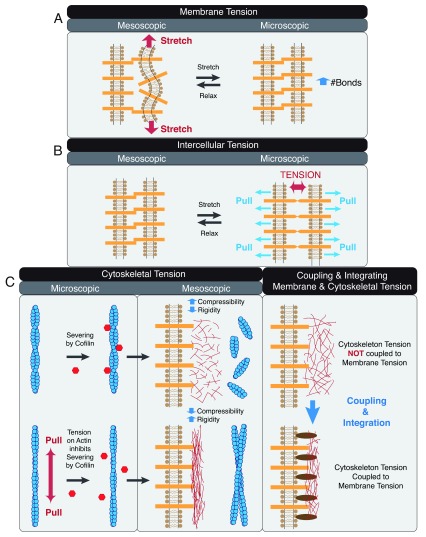Figure 4. Pushing and pulling to create tension.
( A) Stretching the membrane increases membrane tension at the mesoscopic lateral membrane level and can enhance intercellular interactions at the microscopic molecular level. ( B) Pulling orthogonal to the membrane increases intercellular tension on the mesoscopic lateral membrane level and can enhance tension at cell–cell adhesion molecules at the microscopic molecular level. ( C) Pulling actin filament alters actin dynamics and decreases cofilin severing at the microscopic molecular level (left panel). Changing the length distribution and organization of actin filaments alters cytoskeletal tension, ultimately affecting the compressibility and rigidity of cortical actin associated with the lateral membrane at the mesoscopic lateral membrane level (middle panel). Coupling membrane and cytoskeleton tension to adhesion proteins allows integration of intercellular, membrane, cytoskeletal forces on the lateral cell–cell adhesion interface (right panel).

